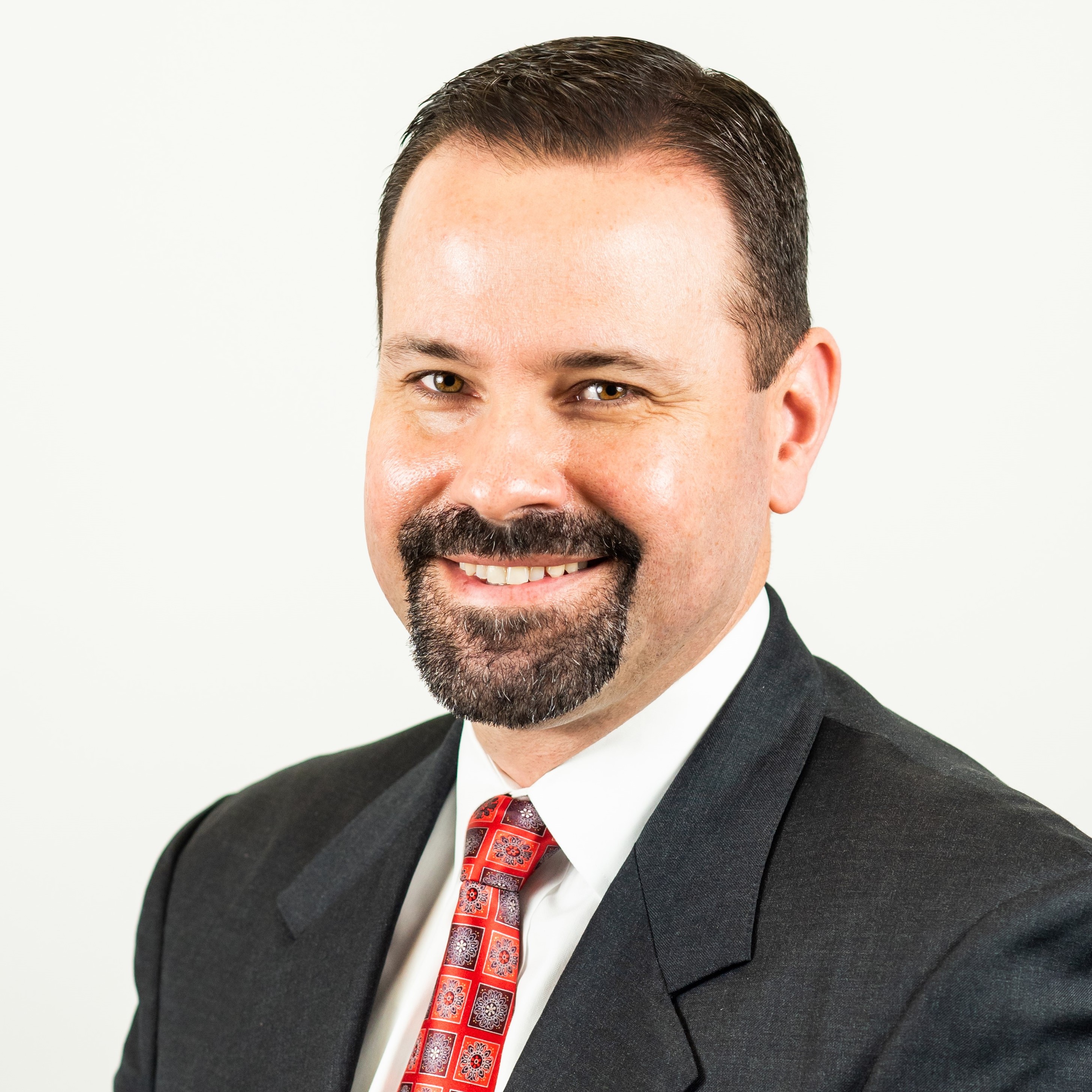The following interview initially appeared in the report titled Private Credit Solutions: A Closer Look at the Opportunity in Emerging Markets, published by the Emerging Markets Private Equity Association (“EMPEA”).
To download a full copy of the report, click here.
 Why is the EM debt opportunity attractive to TriLinc and its investors?
Why is the EM debt opportunity attractive to TriLinc and its investors?
TriLinc’s thesis is that the EM private debt opportunity is one of the most significant impact investment opportunities of our lifetimes. Therefore, our business strategy revolves around pairing impact investment opportunities with investment products and structures that are easily consumable and investable by large numbers and types of investors.
The investment opportunity stems from the supply-demand imbalance in financing for credit-worthy small and medium enterprises (SMEs) in emerging markets. IFC’s most recent estimate is that the financing gap for EM SMEs is as much as USD4.5 trillion. A supply-demand mismatch of that magnitude cannot help but be a compelling risk-adjusted investment opportunity that is inherently impactful from a developmental economics perspective.
TriLinc has been able to generate double-digit gross yields1 in its portfolios, with underwriting standards typical of cash-flow lenders but also with the over-collateralization typical of asset-backed lenders—the combination of which can significantly mitigate the risk of default loss.
We believe another attractive trait of the EM debt opportunity is that it easily lends itself to comprehensive diversification. The word ‘diversification’ is so often over-used that it frequently loses its meaning; yet it is systemically important to risk mitigation generally and to TriLinc’s EM private debt strategy specifically. We have been able to create pan-EM portfolios of private debt investments, across four different regions of the world—Latin America, Emerging Europe, Sub-Saharan Africa, and Emerging Asia—in over 30 carefully selected countries. The portfolio is further diversified by industry, investment type (i.e., term lending and trade financing), tenor (60 days to 60 months), and local market investment partners. This level of comprehensive diversification essentially allows TriLinc to create a quasi-index of private debt exposure designed to provide the return premium of idiosyncratic private companies while simultaneously diversifying out the tail risk. Finally, the strategy is non-correlated to public market securities.
How has TriLinc conveyed the value proposition of EM private debt to investors?
We begin with risk mitigation as being fundamental to the strategies we develop. For example, we have seen many opportunities that stretch for returns at the cost of weaker risk mitigation (e.g., subordinated, less collateral, and lighter covenants), but we have stayed committed to our view that most investors are seeking a predictable return over time rather than swinging for the fences with a higher risk of striking out.
Another example of this has to do with exits. One of the biggest complaints we have heard regarding private asset investing in emerging markets is the lack of exits. Because private debt is naturally self-liquidating, we remove that objection from consideration. Through 31 December 2018, TriLinc has had approximately USD668 million, or roughly 57%, of its loans go full cycle and pay off. This emphasis on risk mitigation and self-liquidation has allowed TriLinc to deliver a positive experience to its investors, which often leads to additional commitments, investor referrals, and long-term partnerships.
Next, we understand how investors invest, so we create investment vehicles that seek to match what they are used to investing in, and (importantly) give the investment professional recommending our strategy to their investment committees fewer idiosyncrasies that require explanation.
TriLinc operates a partnership model for accessing EM opportunities. How does this work in practice?
We strive to be very intentional about what will deliver the best results for our investors. A common refrain in investing is that the best investment decisions are often the ones to not proceed with certain investments. At TriLinc, decisions to avoid particular risks have been taken just as readily at the strategic level as at the individual investment level. We spent several years researching and analyzing the risks we believed were worth accepting versus the risks that were not.
Our investment partner model embodies this approach. We believe strongly that investors in any markets (let alone emerging markets) need to have a local presence and deep local market knowledge to consistently perform over time. There are only a couple of ways to achieve that—build it yourself over time or partner with local market specialists. After extensive research, we chose the latter. Our investment partner model provides local market access and knowledge, coupled with our dual underwriting and structuring, while meeting the exacting compliance standards of US-regulated investment firms. All of this work and intentionality has served TriLinc and its investors well over the last several years.
As you look ahead, what’s next for TriLinc and the EM debt opportunity?
We will keep doing what we are doing with our EM private debt strategy, while raising significant additional investor capital— there are still plenty of opportunities. We will continue driving our strategies and processes to seek the best of all worlds with attractive risk-adjusted returns and sustainability (ESG), while also driving positive impacts to the companies, communities, and economies in which we invest.
Disclaimer: TriLinc Global, LLC (“TriLinc”) is a holding company and an impact fund sponsor founded in 2008. This interview was provided for informational purposes only and does not represent a recommendation or offer of any particular security, strategy, or investment. There is no guarantee that TriLinc’s investment strategy will be successful. Prior performance is no guarantee of future performance. Investment in a pooled investment vehicle involves significant risk. TriLinc is dependent upon its advisors and investment partners to select investments and conduct operations.
1Past performance is not indicative of future results. No investor has actually received the returns discussed. Net returns are net of fees and expenses (management fees, incentive fees, and operating expenses).
